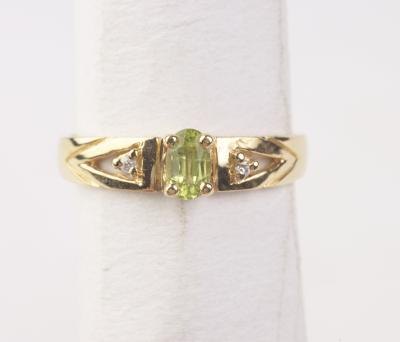
Emeralds are among the most precious gemstones in the world. They can be natural or synthetic. Synthetic gemstones are stones and that have been made in a laboratory and are typically not valued as high as natural gemstones. In order to improve the clarity, most emeralds are treated to fill the cracks and fissures that occur naturally in the stone. The cracks may be filled with oils, resins, waxes or glass. This is standard procedure and does not reduce the value of the stone. The value of emeralds is based on a combination of several factors.
Instructions
- 1
Observe the color of the stone. Color is the most important factor in determining the value of the gemstone. The highest valued emeralds have an intense, bright, glowing color of emerald green. Stones with a blueish, yellow or a very dark green color carry a lesser value. Smaller stones with brilliant color may be valued higher than larger stones with poor color.
2Measure the size of the gemstone. Everything else being equal, the value of emeralds increases with the size of the stone. Emeralds over 10 carats are very rare and are of the highest value. It is even rare for an emerald to be three carats. The value of the emerald significantly decreases for stones less than 1/2 carat.
3Observe the cut of the emerald. The most valuable emeralds have facets that reflect the light, causing the emerald to shine and sparkle. Poorly cut facets greatly decrease the value of the stone. The facets should be cut evenly regardless of the shape of the emerald.
4Look at the emerald through a jeweler's loupe to inspect the clarity of the stone. High-quality emeralds are clear with no or very few inclusions and cracks. The more opaque the emerald is, the less its value.
0 comments:
Post a Comment